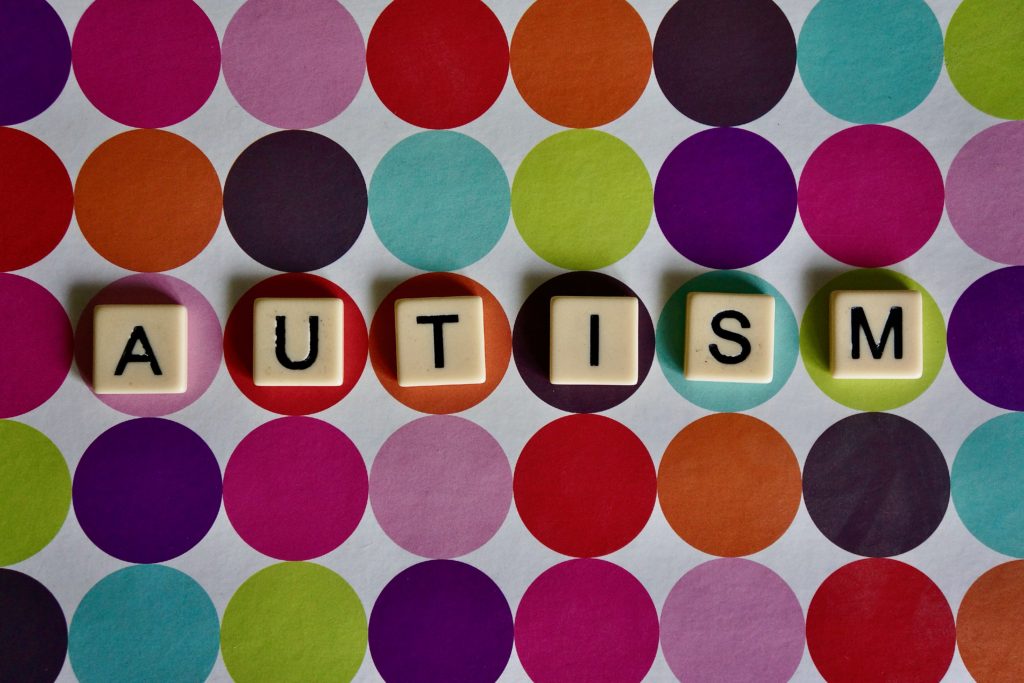
Nurturing Individuality: Standards of Care for Treating Individuals with Autism
Greetings, fellow behavioral health practitioners! Our profession calls us to provide compassionate care to individuals across a wide spectrum of needs. Autism, or Autism Spectrum Disorder (ASD), is a neurodevelopmental […]
Greetings, fellow behavioral health practitioners! Our profession calls us to provide compassionate care to individuals across a wide spectrum of needs. Autism, or Autism Spectrum Disorder (ASD), is a neurodevelopmental condition that encompasses diverse strengths and challenges. In this article, I’ll delve into the essential standards of care for treating individuals experiencing autism. Let’s explore evidence-based strategies that empower you to create a nurturing and effective therapeutic environment for individuals on the autism spectrum.
Understanding Autism
Autism is characterized by a unique set of challenges related to social communication, repetitive behaviors, and sensory sensitivities. It’s important to approach autism with a holistic understanding of the individual’s strengths and needs, recognizing that every person’s experience of autism is unique.
Key Standards of Care
- Comprehensive Assessment: Conduct a thorough assessment to understand the individual’s strengths, challenges, sensory sensitivities, communication abilities, and co-occurring conditions.
- Person-Centered Approach: Tailor your approach to the individual’s unique needs, preferences, and strengths. This approach fosters trust and a sense of empowerment.
- Collaboration and Multidisciplinary Care: Work collaboratively with a team of professionals, including educators, speech therapists, occupational therapists, and medical practitioners.
- Communication and Social Skills: Develop interventions to support communication and social skills development, using strategies such as visual supports and social stories.
- Sensory Integration Techniques: Integrate sensory modulation techniques to help individuals regulate sensory sensitivities and manage sensory overload. A referral to a occupational therapist trained with sensory integration can be very effective.
- Behavioral Interventions: Implement positive behavior support strategies to manage challenging behaviors, reduce anxiety, and reinforce adaptive behaviors.
- Structured Environment: Create a structured and predictable environment to provide a sense of safety and reduce anxiety.
- Individualized Education Plans (IEPs): Collaborate with educators and families to develop IEPs that address specific learning needs and promote academic success.
- Functional Analysis: Conduct functional behavior assessments to understand the triggers and functions of challenging behaviors, leading to more effective interventions.
- Transition Planning: Prepare individuals for transitions across different life stages, providing support and teaching adaptive skills for independent living.
Applying the Standards of Care in Private Practice
- Thorough Initial Assessment: Conduct a comprehensive assessment that explores the individual’s developmental history, sensory sensitivities, communication abilities, and family dynamics.
- Collaborative Goal Setting: Engage the individual and their family in setting meaningful goals that encompass personal growth, communication, and adaptive skills.
- Personalized Interventions: Design interventions that align with the individual’s sensory preferences, communication style, and areas of strength.
- Communication Strategies: Incorporate augmentative and alternative communication (AAC) systems to enhance expressive and receptive communication.
- Sensory Integration Techniques: Offer sensory-friendly interventions, including sensory diets and sensory breaks, to help manage sensory sensitivities.
- Behavioral Support Plans: Develop positive behavior support plans that identify triggers, define target behaviors, and implement strategies for reinforcement and skill building.
- Visual Supports: Utilize visual supports such as schedules, social stories, and visual cues to enhance communication and foster predictability.
- Transition Preparation: Assist individuals in building skills for transitioning to new environments, routines, or life stages, focusing on independence and self-advocacy.
- Family Education: Provide families with education and training in autism-related strategies, enabling them to support their loved one’s development at home.
- Continuity of Care: Maintain open communication with other professionals involved in the individual’s care, ensuring a comprehensive and coordinated approach.
Benefits of Following Autism Treatment Standards
- Enhanced Communication: Implementing communication strategies leads to improved expressive and receptive communication abilities.
- Positive Behavior Change: Utilizing behavioral interventions fosters positive behavior changes and reduces challenging behaviors.
- Sensory Regulation: Sensory integration techniques help individuals manage sensory sensitivities and reduce sensory overload.
- Greater Independence: Tailored interventions support skill development, leading to greater independence in daily activities and transitions.
- Supportive Environment: Creating structured and supportive environments reduces anxiety and promotes a sense of safety.
Conclusion
As behavioral health practitioners, we hold the responsibility of supporting individuals with autism in their unique journeys. By adhering to the standards of care outlined above, you’re contributing to their growth, well-being, and overall quality of life.
Through personalized interventions, collaborative approaches, and a deep understanding of each individual’s strengths, you’re fostering a sense of belonging and empowerment for individuals on the autism spectrum. Remember that each person’s path is distinct, and your commitment to these standards reflects your dedication to their success and progress. As you guide them toward enhanced communication, self-regulation, and adaptive skills, you’re not only enriching their lives but also contributing to a more inclusive and understanding world.
Photo by Peter Burdon on Unsplash
Written by ChatGPT & Reviewed by Clinical Psychologist: Yoendry Torres, Psy.D.
